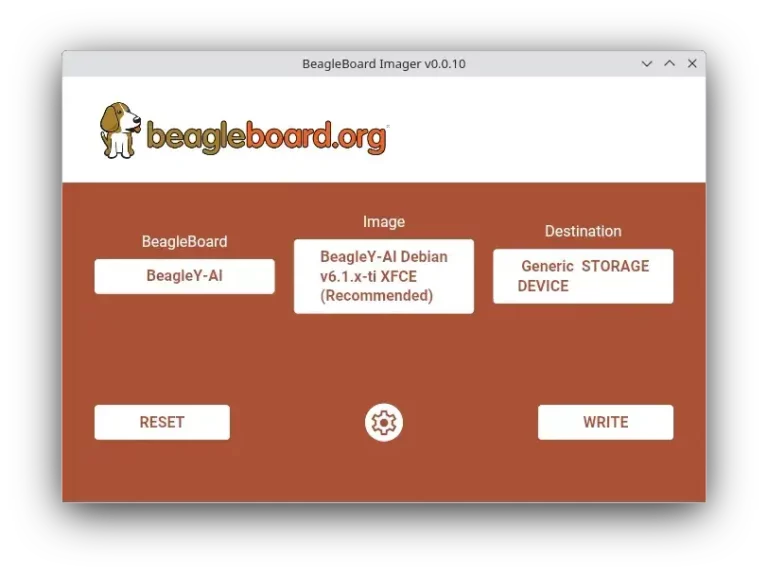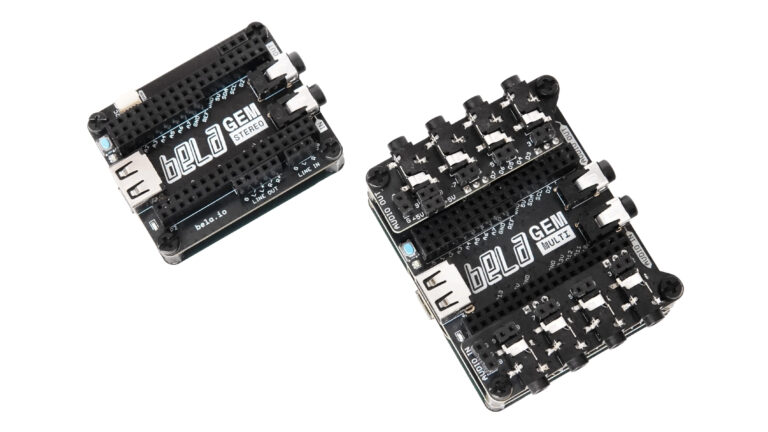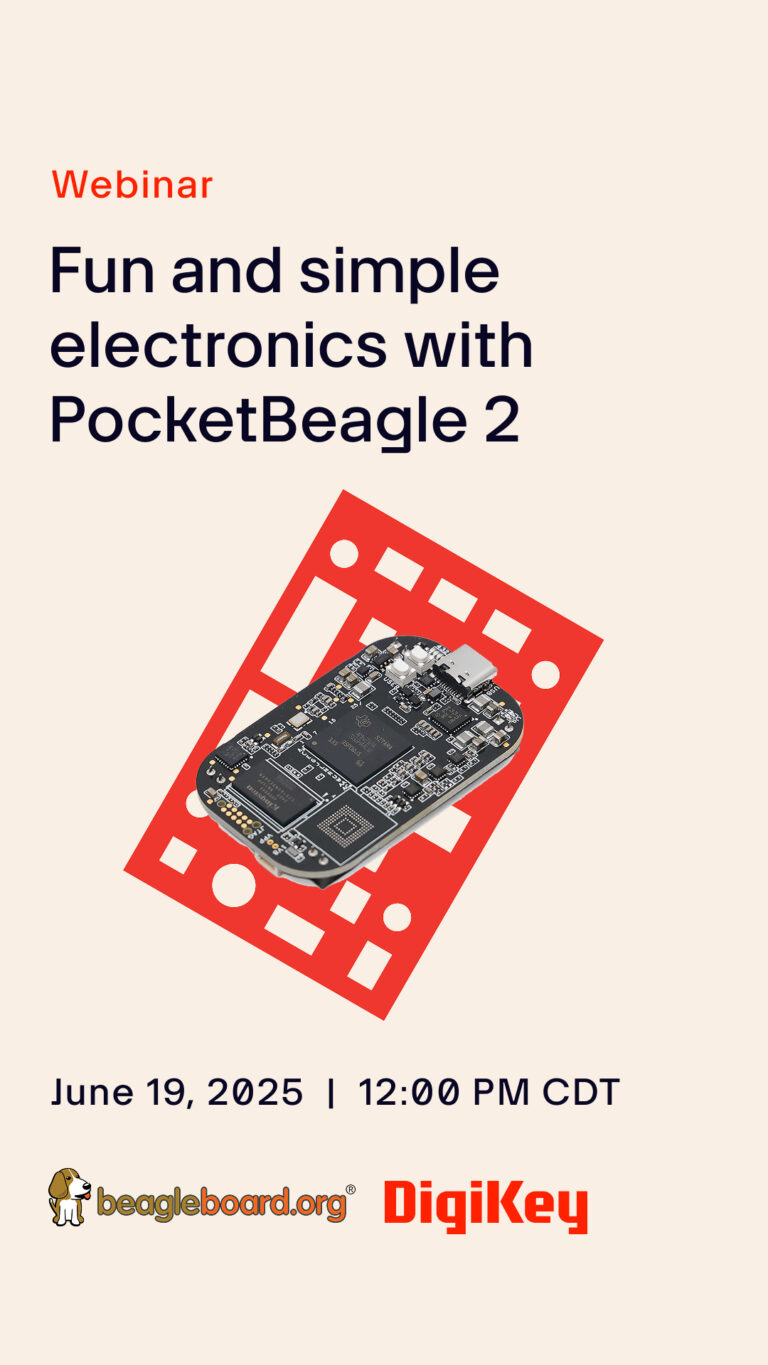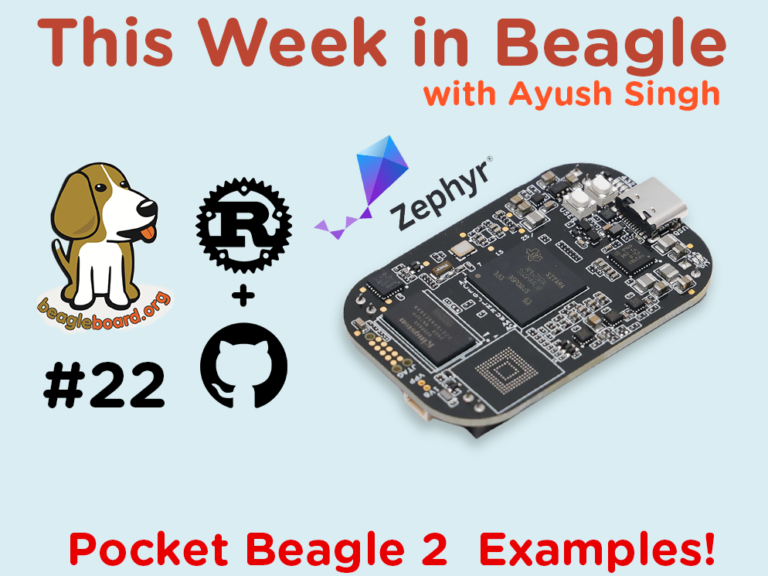BeagleV-Fire meets SmartHLS: Unlock FPGA Acceleration!
Application
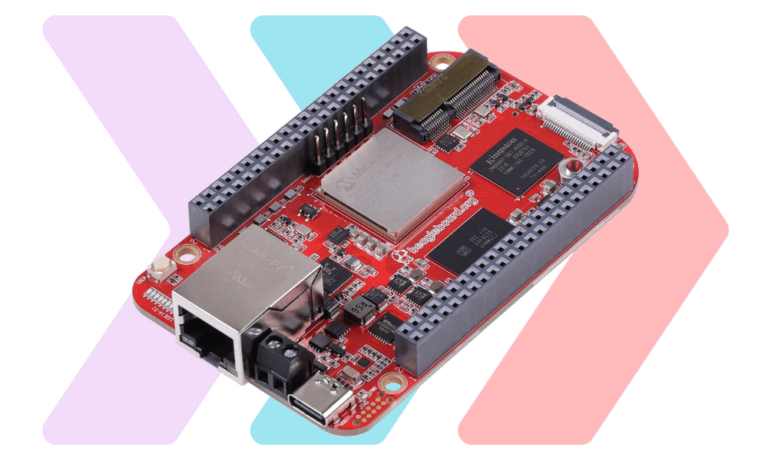
The BeagleV-Fire just got faster. The BeagleV-Fire gateware repo now fully supports Microchip’s SmartHLS compiler, opening the door for developers to create custom FPGA accelerators directly from C/C++ code — no HDL expertise required. SmartHLS (High-Level Synthesis) revolutionizes FPGA development by allowing software engineers to describe hardware behavior in familiar languages like C and C++, […]

